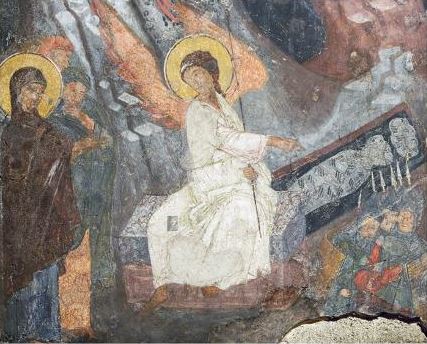Once Jeremy, a young and friendly Frenchman, told me that while at school, he thought of Bulgaria as some mysterious and dark kingdom... Since foreigners usually study much more about the Eastern Roman Empire in their medieval history classes, for him Bulgaria was some obscure but tempting place - much more like a sense, not a real knowledge.
He told me this in late 2015 when he visited Bulgaria. We had some work together, as part of an international team, but we had several free days, so and I showed to him some magnificent locations - Perperikon, the ancient Thracian tomb in Alexandrovo, the Old town of Plovdiv, and my hometown Haskovo.
So I have to admit, this sharing caught me, and I thought that if one day I make a vlog about the old Bulgarian mysteries and great stories, I'd like to call it The Dark Kingdom. Sounds fascinating. Just like Bulgaria.









